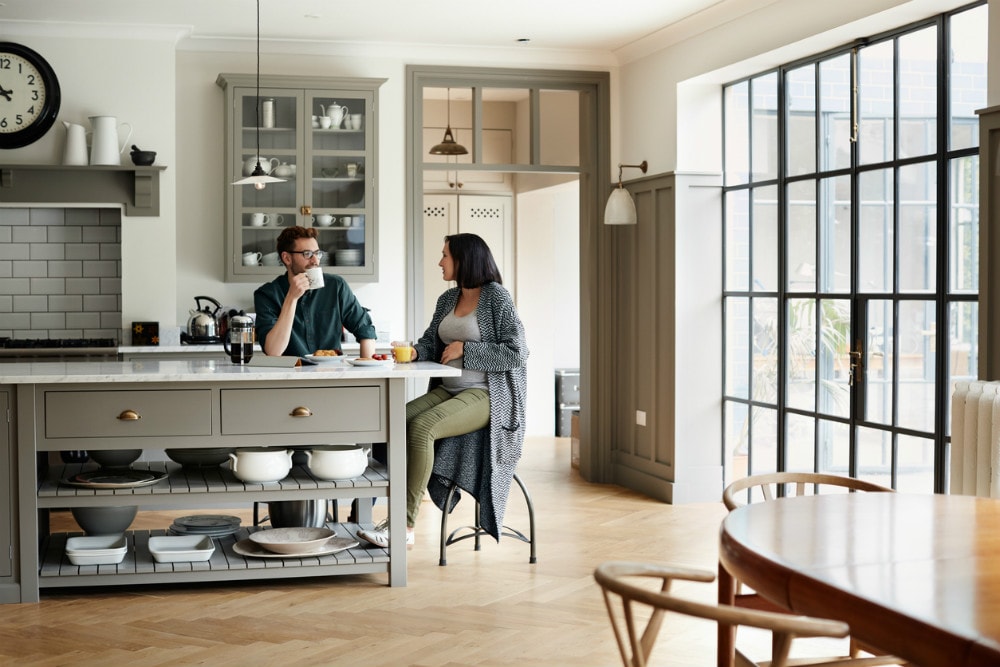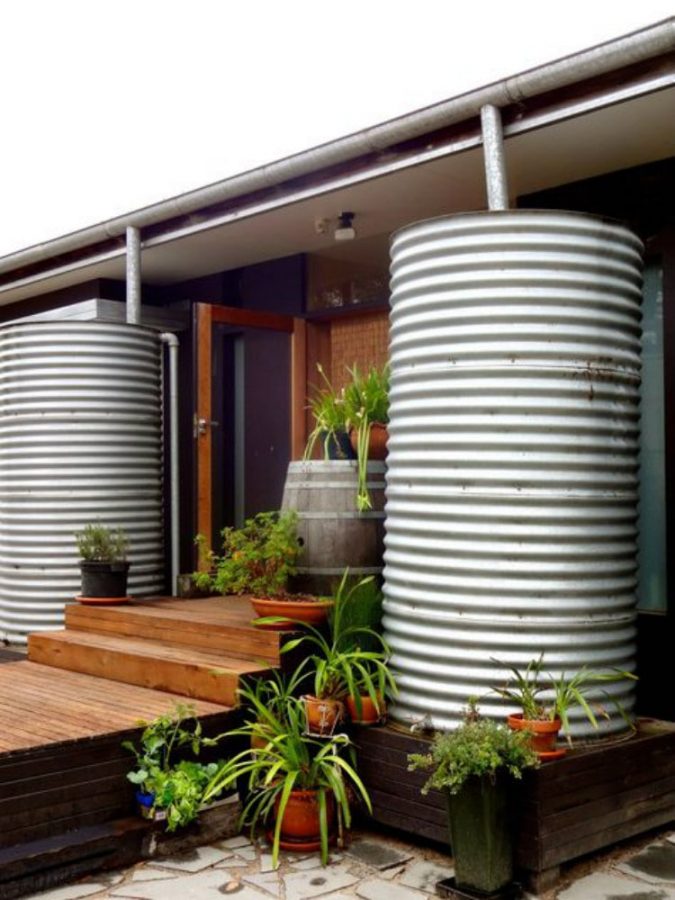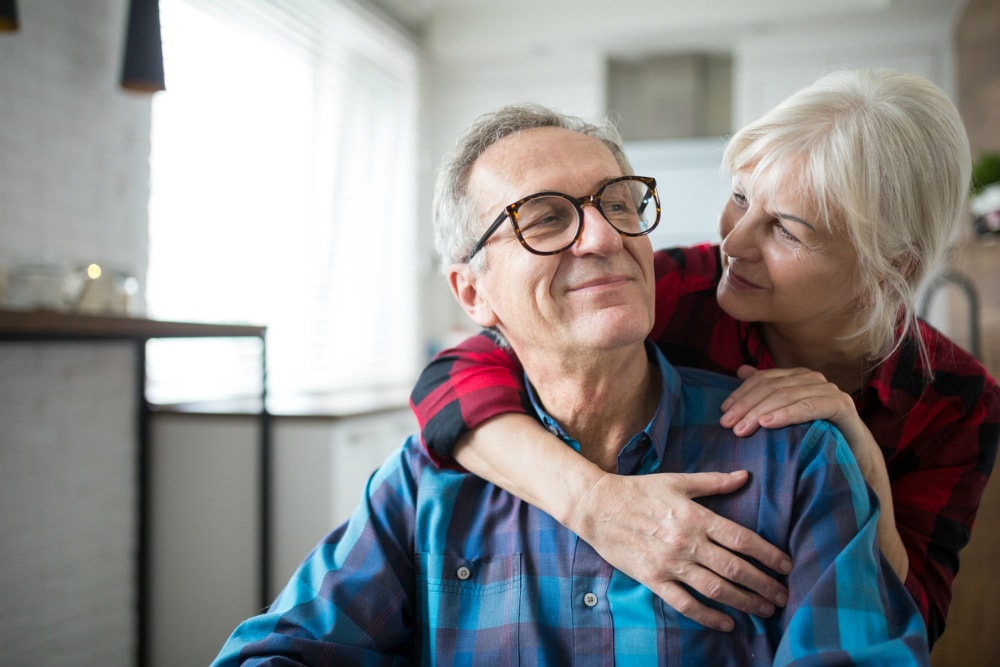With all the talk about electric cars at the moment, have you ever thought about ways that you can make your home more sustainable?
[toc]
The term ‘sustainable home’ can mean various things to different people. Many interpret it as meaning ‘environmentally friendly’, however it can also expand to include how a home will suit you and your family over the long term. Or how simple a home is to maintain and run. Or if it’s supportive of your health and wellbeing through its material selection and indoor air quality. Or how comfortable it is year-round without expensive heating and cooling.
Whatever ‘sustainable home’ means to you, when it comes to such a permanent building and a big investment, it makes sense to …
- create something that supports you and your family’s health,
- is comfortable and functional,
- is easy to maintain,
- is kind to the planet, and
- is low cost to run.
So, if you’re planning a new home or renovation, here are 5 things you can put into action in your project. These are the types of tips that, if you know them upfront, you can create a design that incorporates them and have it not cost any more.
And if you’re looking for a property to purchase, you can use these as great selection criteria to find a suitable home.
Let’s go through these 5 tips one by one.
Tip #1: Design for the movement of the sun

Know how the sun moves and design your home to respond to it. Keep it cool in summer with shading, and warm in winter by letting the sun’s warmth inside.
I believe this tip gets you 80% of the way there in designing a sustainable home, and the one I encourage you to start with before you worry about anything else.
I seriously believe it is the single biggest thing – and the simplest thing – you can do to create a home that is sustainably designed, feels great, you feel great in, supports your wellbeing and is low cost to heat and cool.
Using the natural assets of your site to add value to your home is a no-cost design choice, and is the quickest way to create an enjoyable living environment.
When a house is designed this way, it maximises the amount of natural daylight and ventilation, and reduces the need for artificial lighting, heating and cooling.
What an opportunity to create a beautiful living environment and be confident that every day of the year, natural light will come in or stay out as you have designed for it to.
Research shows that natural light helps us with regulating our circadian rhythms and stimulates the production of vitamin D and seratonin, which aid in mental, spiritual and physical health. Put simply, access to natural light daily sustains us in our health and wellbeing.
Tip #2: Lower your home’s energy use
Lower your home’s overall energy use through the selections you make and how you design your home to maintain its comfortable indoor temperature.
Assess your selection of lighting, both water and temperature heating/cooling, appliances and anything that will draw electricity to drive it. Then choose the most efficient products and fixtures you can afford.
Also assess what you can do to the design of your home to be thermally comfortable (insulation) and well-lit naturally. This will help you avoid having to turn on lights during the day, and not have to put the heater or air conditioner on.
Once you’ve lowered your home’s energy use and made it more efficient, it can become much more economical to purchase a solar system for your home as well.
Tip #3: Conserve water

Conserve water in how you select your tapware and appliances, where you source your water from, and what you do with your wastewater.
Conserving water can be done in 2 ways in your home. The first is to target how water comes out of your taps – so choosing water-efficient fittings and appliances.
The WELS scheme or Water Efficiency Labelling and Standards Scheme rates the various items we choose for our homes with a star rating to show their water efficiency, and is a great place to start with your selections.
The other area to target water conservation is in how your water is supplied and disposed of. This can mean including rainwater tanks in your home, and using them for your garden irrigation, to flush your toilet and supply your laundry.
According to the website, Your Home, 40% of a home’s water supply is for outdoor use, so if you can have a rainwater tank to take care of this, that’s a big reduction in your overall water usage.
Tip #4: Heat and cool naturally
Heat and cool naturally through how you manage the warmth of the sun, and maximise natural ventilation in your home.
So, I touched on this in my first tip of designing for the movement of the sun. This can also be known as Passive Solar Design.
Once you’re designing your home to allow the light in, and managing the heat of the sun according to the time of year, then you can naturally heat your home during winter and keep it cool in summer – without air conditioning and expensive electricity bills!
As part of Passive Solar Design, you’ll also be considering:
-
How you can maximise natural cross ventilation by understanding where your breezes come from at different times of the year and allowing them into your home.
-
You’ll also be considering your climate, its conditions, and how you need to make selections around materials and insulation so your home can protect you, and maintain its indoor air temperature.
Tip #5: Consider age and future proof your home

Consider the ages of all people in your place and how you design a home to support you at all ages and points in your lifestyle, so your home works over the long term.
This isn’t about future proofing it technology wise, but considering the design of the home, and how it will remain accessible and user-friendly as you or someone else in your home ages.
This also isn’t about being older in a home.
Homes that have minimal level changes and wider hallways, that flow easily from indoors to outdoors without lots of steps can be fantastic for little ones as well. It helps keep babies and toddlers safe as they move about your home, or as we perhaps navigate a pram from outside to inside of a house.
Designing like this not only helps the sustainability of your lifestyle in your home, it also helps your home appeal to a wider market range if and when you’re seeking to sell.
Summary
So, that’s 5 tips to help you in where to begin your process in order to create a sustainable home. When you start here, the choice of creating a sustainable home can usually be done on any budget, because it’s prioritised and embedded into the design process upfront.
When implemented, these tips can make a radical and impactful difference to how your home performs and feels – and how much it costs over the long term to run and maintain. You can create a more sustainable home from an environmental, health and wellbeing, and financial standpoint!
Doesn’t that sound fantastic?
Content supplied by Undercover Architect, your secret ally when it comes to unlocking what’s possible in your home. To find out more about how you can create a sustainable home, check out Amelia’s podcast series A Simple Guide to a Sustainable Home.
House prices are on the rise. Find out the value of your property now.
Get a free online property report from Hicks Real Estate. It takes seconds.





